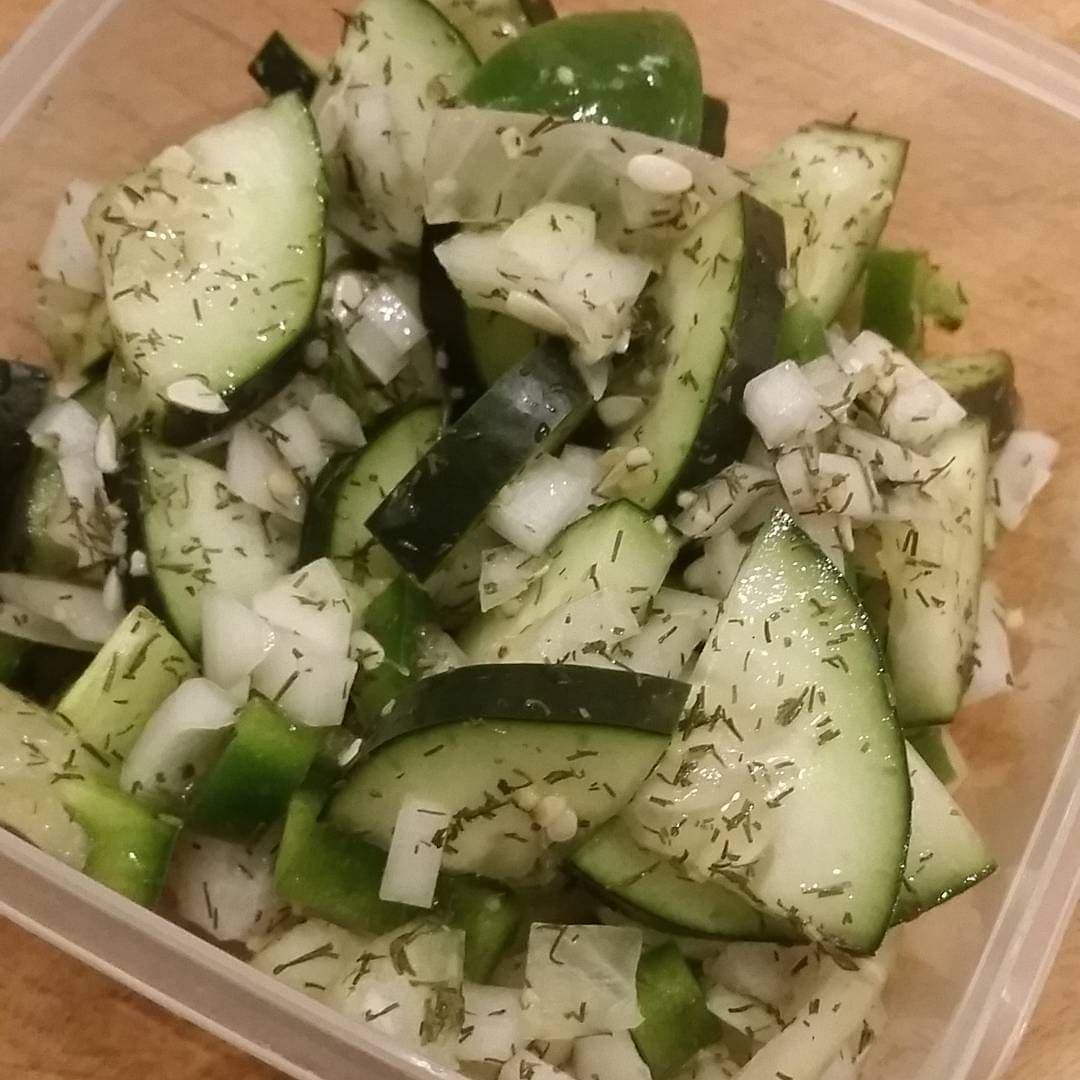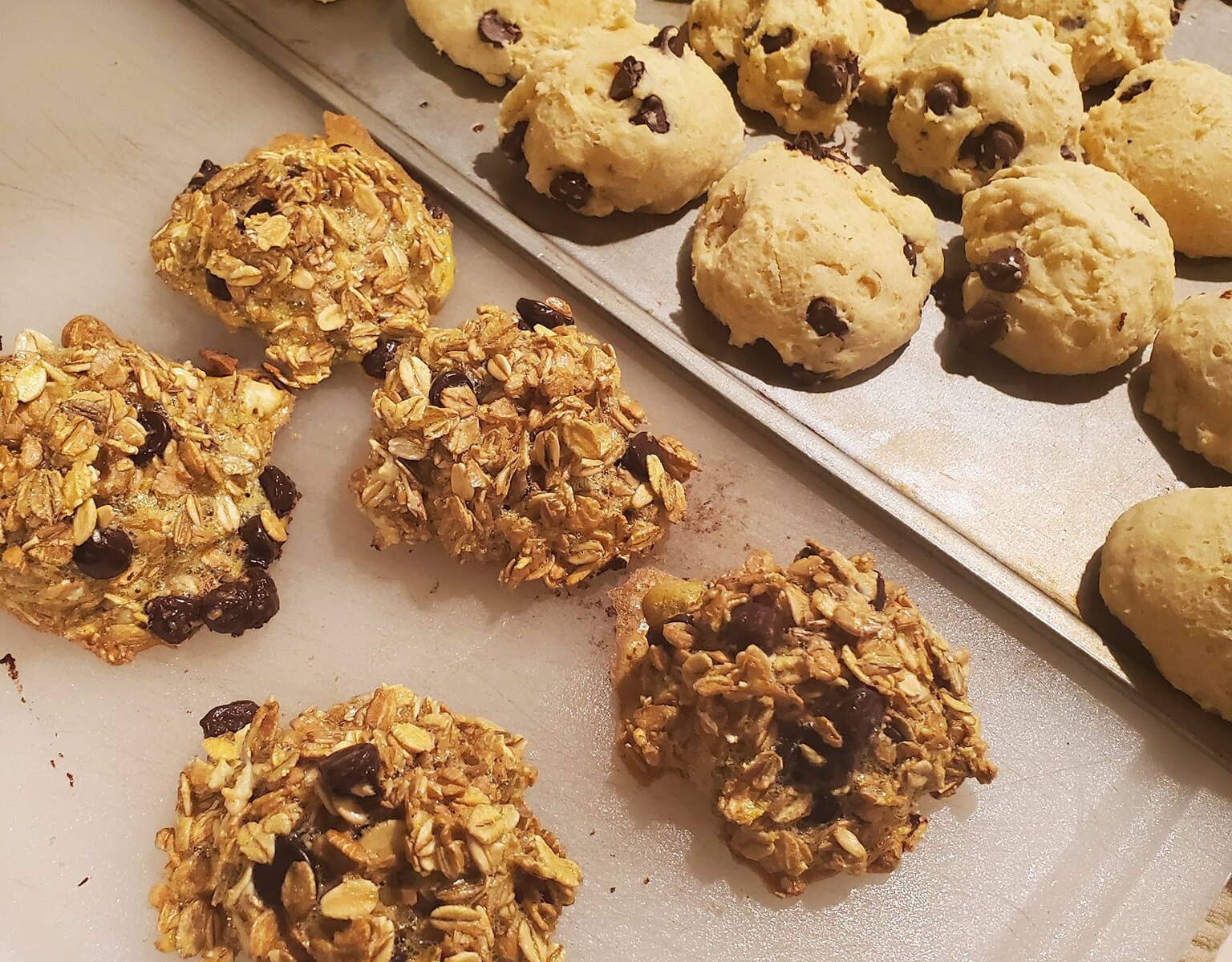What do you want your food to taste like?

While this blog is intended to address sugar + sugar substitutes, the main question I want to address first is “What do you want your food to taste like?”
There are so many things right from this earth – whether plant or animal based- that your food could taste like. Do you want your steak to taste like beef, or like bbq? Do you want your poultry to taste like chicken or more flavorful like curry? Do you want your stack of breakfast pancakes and waffles to taste like pancakes and waffles, or do you want them to taste like straight sweet sugars? Do you want your cookies to taste like a dessert with decadent flavors or taste like straight, ultra sweetened sugars?
Whether a full meal that been marinating for days, or snacks to fill your appetite, or desserts served at a party, I want you to really think about the question What do you want your foods to taste like? smell like? look like?

When you sit down to write out your meals, your snacks, you dishes to pass, and/or your baked goods you are preparing, really think about that question: what do you want it to taste like? How can you make it taste like that? Let’s talk about it by categories. Don’t worry, we will get to the idea of baking and using sugars.
But first, let’s talk meals. Salads, sides, soups, marinades, proteins and more. If you’ve ever seen my cooking with the coach video on how to make dips, dressing, marinades and more – you know I can help you make your food taste like anything. With the right oils + vinegars + spices, you can make your food concoctions taste like anything at all.

For example, for a sweet, yet spicy dressing you can easily use olive oil + lemon/lime juice + apple cider vinegar + a hot spice such as cayenne. For a more balsamic like taste you can simply use an oil base + balsamic vinegar + lemon/lime + cracked peppers/spices of your choice. You really do NOT need to add real or fake sugars to your dressings to taste good. Bottled dressings in the store add it for that very “addictive” behavior selling point.
Should your meal taste like curry – use curry. Should it taste like Italian dishes – use oregano, Italian seasoning, garlic. Should it taste spicy – use spice of your choice. Should your sloppy joes taste like a tomato base – use tomato products. Should your ketchup taste more like tomatoes and vinegar than sugar? Use tomatoes and vinegar. Overall, the question remains: does the food really need sugar to taste like what YOU want it to taste like?

Even if your bottles of dressing labels indicate gluten free, non-GMO, organic cane sugars, they are still sugars. Our bodies do not need sugars in every dressing and marinade out there. If you want your salads and proteins to taste a specific way, there are always options to either purchase sugar free dressings and/or make them homemade. My absolute favorite is a honey or dijon dressing, but I have many more. You can always find my recipes in my book or my cooking with the coach series featured in my wellness workshops.
So, when planning and making your next dish to pass, really think about what you want it to taste like and go for that flavor. Don’t kill the flavor with sugar. It’s not an absolute need.
Let’s move onto sweets and baking!

Let’s talk about snacks and baking. When it comes to snacks, baking, or just craving sweets, my first suggestion will always be to think back to the question of what you are craving and what you want it to taste like? Like, are you craving sugar or craving chocolate? Are you craving sugar or are you craving something peanut-butter flavor? Are you craving an oatmeal cookie with raisins, or craving the sugars in that cookie?
Then, you move onto the question of how can you satisfy that craving without the actual sugar? How can sweeten things with natural sugar options? Let’s start a small list:
Craving Chocolate: cacao powder or cacao nibs
Craving Sugary Peanut Butter such as reeses: natural nut butters without sugars
Craving Cookies: creating a recipe with oat flour, oats, cacao nibs, nuts are a great option! Lots of sugar free cookies, energy bites, and muffins recipes in my book and nutrition plan!

Moving onto other ways of satisfying the sweet tooth naturally. Natural sugar options would include, but not limited to using bananas, apples or applesauce, fruit purees, seeds, nuts, raisins or other ideas. Natural, but significantly more dense calorie options would include honey, agave, molasses, or maple syrup. These ones are very dense in natural sugars, so a little bit will go a long way. Other sweetener options, but also very calorie dense would be dried fruits (unsweetened, not sugar coated) or dates. Again, they are dried, dehydrated sugars, thus still very dense in sugar calories. A little bit will go a long way. All of these options would add a touch healthy, natural sugar sweetness to what you are baking. They can easily substitute/replace white or brown sugars.
Also while baking and/or making sweets – if you come back to the question “What do you want it to taste like?” If you are aiming for specific flavors like chocolate or peanut butter, you actually don’t need sugar replacements at all. For your chocolate cravings, cacao or cacao nibs works wonders. Straight peanuts or peanut butter without added sugars is a very healthy fat and absolutely okay to bake with.
But then the question remains – “how much of these replacements do I use?” That’s a great concern. In one of the chapters of my cookbook, I talk about how when I actually cook solo, I don’t measure anything. I do what I call “measure with my heart.”

To be honest, when it comes down to using sugar or sugar replacements in baking, the sugar isn’t actually serving any specific purpose. I mean, when you think about baking soda, baking powder, yeast, self rising flours – these have purpose. You really cannot mess with those measurements or your baking items may not rise or settle correctly. But sugar: what’s it’s purpose in the baking? Taste, that’s it. And, back to our original question – what do you want it to taste like?
How sweet, how sour, how spicy you want something to taste answers the question of how much or how little of the replacement sugar item you should use. You can use sugar substitutes exactly as the amount originally suggested, or you can scale it back to meet the sweetness you want.
Let’s take the oatmeal muffins from my cookbook for example. The oats and the eggs are the main ingredients that make it bake. How much banana, fruit, nuts, flavorings you use is dependent on what you want it to taste like.

So, when it comes to sugar, spice and everything nice – you are chef. You get to decide what you’re adding, when you’re adding it, and how much or how little. You can decide if you want to eliminate it all together. Try eliminating it. You may find that your cookies taste even more decadent like the flavors you are striving for. You may find that your creamy chicken salads really taste like good chicken instead of processed items.
If you’ve read this far and have any questions about sugar, recipes, what to eat, how to eat, I’d LOVE to help you. Follow along with many other of my food concoctions and #Saladaday posts on my social media.





